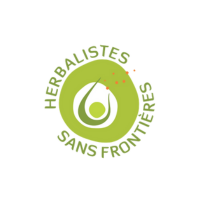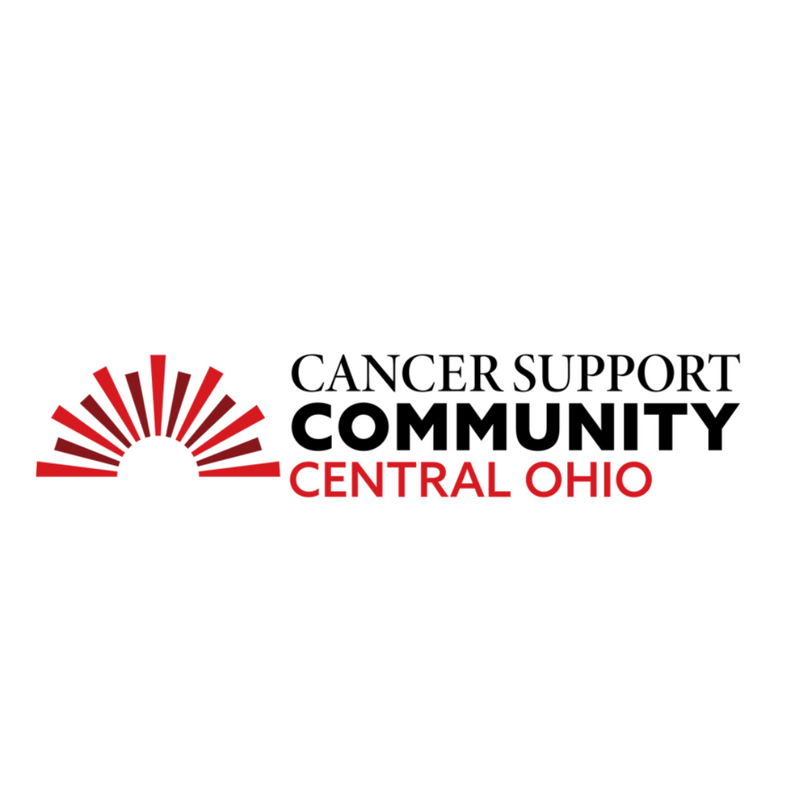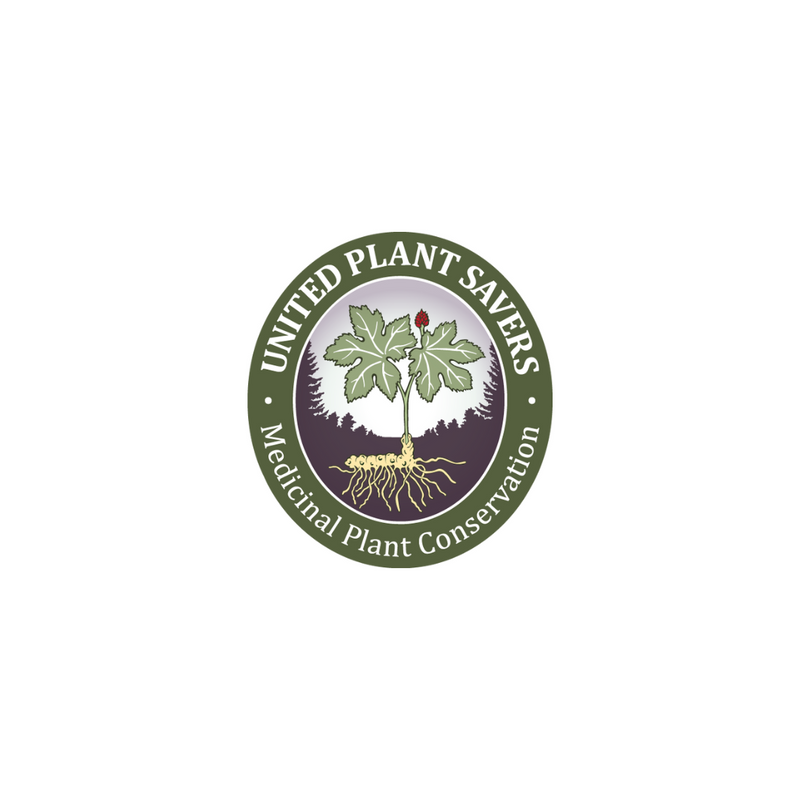This thoughtful piece is from "Ecological Wakes: the Story of Six Everyday Objects" by Alan Thein Durning (which was published by Northwest Environment Watch in 1994).
I like it because it reminds us of our impact on the earth and its inhabitants, even in everyday choices. It reminds me, as someone who makes choices on behalf of others (my family but also my community, and customers who buy from Haven Herbs), to choose wisely and thoughtfully.
 "I brewed a cup of coffee. It took 100 beans to make my cup- about one-fortieth of the beans that grew on that coffee tree that year. The tree was on a small mountain farm in the region of Columbia called Antioquia. The region was cleared of its native forests in the first coffee boom generations ago. These "cloud forests" are among the most endangered ecosystems.
"I brewed a cup of coffee. It took 100 beans to make my cup- about one-fortieth of the beans that grew on that coffee tree that year. The tree was on a small mountain farm in the region of Columbia called Antioquia. The region was cleared of its native forests in the first coffee boom generations ago. These "cloud forests" are among the most endangered ecosystems.
The beans ripened in the shade of the taller trees. Growing them did not require plowing the soil, but it did take several doeses of insecticides, which were synthesized in factories in the Rhine River Valley of Europe. Some of the chemincals entered the respiratory systems of farm workers. Others washed downstream and were absorbed by plants and animals.
The beans were picked by hand and removed form the fruit that encased them in a diesel powdered crusher. They were dried under the sun and shipped to New Orleans in a 132 pound bag. The frieghter was fueled by Venezuelan oil and made in Japan. The shipyard built the frieghter out of Korean steel. The Korean steel mill used iron mined on tribal lands in Papua New Guinea.
At New Orleans, the beans were roasted for 13 minutes at temperatures above 400 degrees. The roaster burned natural gas pumped form the ground in Oklahoma. The beans were packaged in a 4 layer bag constructed of polyethylene, nylon, aluminum foil, and polyester. They were trucked to a Seattle warehouse and later to a retail store.
I carried the beans out of the grocery store in a brown paper bag made at an unbleached kraft paper mill in Oregon. I transported them home in an automobile that burned one-sixth of a gallon of gasoline during the five mile round trip to the market.

I like it because it reminds us of our impact on the earth and its inhabitants, even in everyday choices. It reminds me, as someone who makes choices on behalf of others (my family but also my community, and customers who buy from Haven Herbs), to choose wisely and thoughtfully.
 "I brewed a cup of coffee. It took 100 beans to make my cup- about one-fortieth of the beans that grew on that coffee tree that year. The tree was on a small mountain farm in the region of Columbia called Antioquia. The region was cleared of its native forests in the first coffee boom generations ago. These "cloud forests" are among the most endangered ecosystems.
"I brewed a cup of coffee. It took 100 beans to make my cup- about one-fortieth of the beans that grew on that coffee tree that year. The tree was on a small mountain farm in the region of Columbia called Antioquia. The region was cleared of its native forests in the first coffee boom generations ago. These "cloud forests" are among the most endangered ecosystems.The beans ripened in the shade of the taller trees. Growing them did not require plowing the soil, but it did take several doeses of insecticides, which were synthesized in factories in the Rhine River Valley of Europe. Some of the chemincals entered the respiratory systems of farm workers. Others washed downstream and were absorbed by plants and animals.
The beans were picked by hand and removed form the fruit that encased them in a diesel powdered crusher. They were dried under the sun and shipped to New Orleans in a 132 pound bag. The frieghter was fueled by Venezuelan oil and made in Japan. The shipyard built the frieghter out of Korean steel. The Korean steel mill used iron mined on tribal lands in Papua New Guinea.
At New Orleans, the beans were roasted for 13 minutes at temperatures above 400 degrees. The roaster burned natural gas pumped form the ground in Oklahoma. The beans were packaged in a 4 layer bag constructed of polyethylene, nylon, aluminum foil, and polyester. They were trucked to a Seattle warehouse and later to a retail store.
I carried the beans out of the grocery store in a brown paper bag made at an unbleached kraft paper mill in Oregon. I transported them home in an automobile that burned one-sixth of a gallon of gasoline during the five mile round trip to the market.

In the kitchen, I measured the beans in a disposable plastic scoop molded in New Jersey and spooned them into a grinder. The grinder was assembled in China from imported steel, aluminum, copper, and plastic parts. It was powered by electricity generated at the Ross Dam on the Sagit River.
I dumped the ground coffee into a gold-plated mesh filter made in Switzerland of Russian ore. I put the filter in my plastic and steel drip coffee maker. I poured eight ounces of tap water into the appliance. The water came by pipe from the Cedar River on the west slope of the Cascade Mountains. An element heated the water to more than 200 degrees. The hot water seeped through the ground coffee abd dissolved some of its oils and solids. The brew trickled into the glass carafe.
The coffee mugs were all dirty so I poured the coffee into a paper cup. The cup was made from bleached wood pulp in Arkansas. A fraction of the chlorine from the bleach was discharged from the pulp mill into the Arkansas River. In the river, the chlorine formed chemical bonds with other substances. A tiny share of the chlorine ended up as TCDD, which id often simply called dioxin. It is the most carcinogenic substance known.
I stirred in one ounce of cream. The cream came from a grain-fed dairy in the lowlands south of Seattle. The cow liked to graze on a stream bank and walk in the stream. This muddied the water and made life difficult for the native trout. The cow's manure was rich in nitrogen and phosphorus. The soils of the pasture where the cow grazed were unable to absorb these quickly enough, so they washed into the stream when it rained. The infusion of nutrients fertilized algae, which absorbed a larger share of the oxygen dissolved in the water. The shortage of oxygen made life more difficult for the native trout.
I measured out two teaspoons of sugar. It came from cane fields south of Lake Okeehobee in Florida. These plantations have deprived the Everglades of water, endangering waterfowl and reptile populations."
So how do we, as "consumers" (I actually loathe being called that) do the least harm and the most good? I want to stress that at each and every step of the way, we have the ability to make a good choice.
Disposable cup or not? Plastic or paper? What kind of paper? Fair Trade organic coffee or cheap coffee "bargain" that destroyed people's lives and the environment?
These are simple, everyday choices we can make as privileged people. Do not grow complacent about these small things- they add up to a much larger impact than you may realize.
I dumped the ground coffee into a gold-plated mesh filter made in Switzerland of Russian ore. I put the filter in my plastic and steel drip coffee maker. I poured eight ounces of tap water into the appliance. The water came by pipe from the Cedar River on the west slope of the Cascade Mountains. An element heated the water to more than 200 degrees. The hot water seeped through the ground coffee abd dissolved some of its oils and solids. The brew trickled into the glass carafe.
The coffee mugs were all dirty so I poured the coffee into a paper cup. The cup was made from bleached wood pulp in Arkansas. A fraction of the chlorine from the bleach was discharged from the pulp mill into the Arkansas River. In the river, the chlorine formed chemical bonds with other substances. A tiny share of the chlorine ended up as TCDD, which id often simply called dioxin. It is the most carcinogenic substance known.
I stirred in one ounce of cream. The cream came from a grain-fed dairy in the lowlands south of Seattle. The cow liked to graze on a stream bank and walk in the stream. This muddied the water and made life difficult for the native trout. The cow's manure was rich in nitrogen and phosphorus. The soils of the pasture where the cow grazed were unable to absorb these quickly enough, so they washed into the stream when it rained. The infusion of nutrients fertilized algae, which absorbed a larger share of the oxygen dissolved in the water. The shortage of oxygen made life more difficult for the native trout.
I measured out two teaspoons of sugar. It came from cane fields south of Lake Okeehobee in Florida. These plantations have deprived the Everglades of water, endangering waterfowl and reptile populations."
So how do we, as "consumers" (I actually loathe being called that) do the least harm and the most good? I want to stress that at each and every step of the way, we have the ability to make a good choice.
Disposable cup or not? Plastic or paper? What kind of paper? Fair Trade organic coffee or cheap coffee "bargain" that destroyed people's lives and the environment?
These are simple, everyday choices we can make as privileged people. Do not grow complacent about these small things- they add up to a much larger impact than you may realize.





